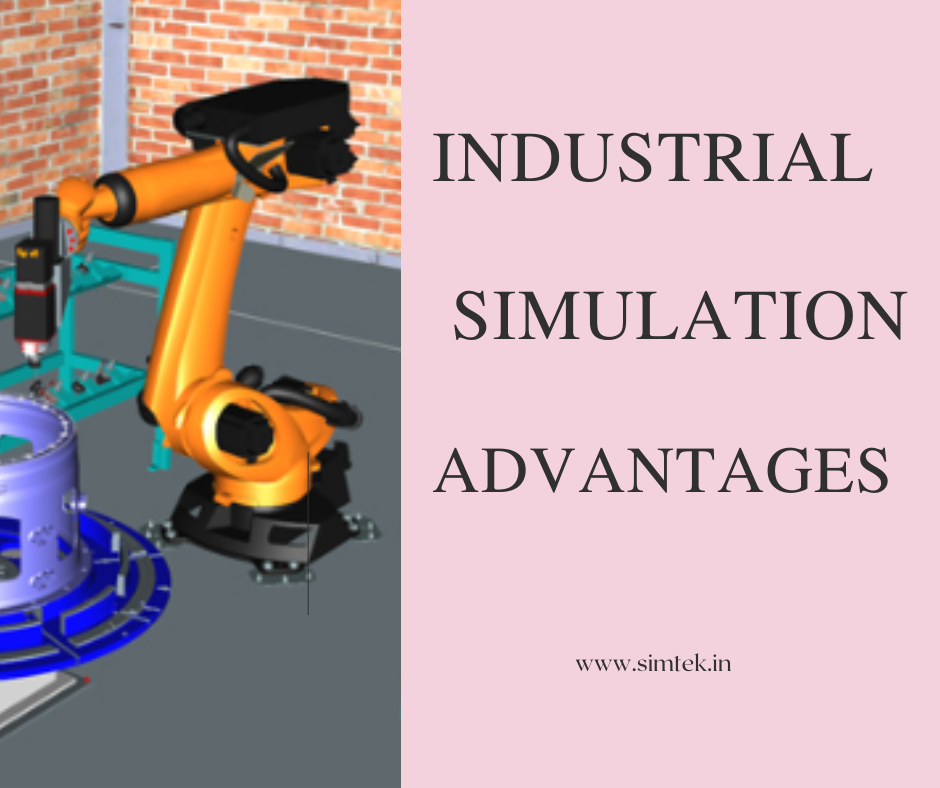How Simulation-Based Design Is Enhancing Product Development For Manufacturers?

1. Introduction to Simulation-Based Design
Simulation-based design is a process that uses computer-aided engineering (CAE) and computational fluid dynamics (CFD) software to help manufacturers optimize their industrial processes. Simulation allows you to test a product or process before it is built, saving time and money in the long run. Additionally, simulation-based design can help you identify potential problems with a product or process, allowing you to fix them before they become costly issues.
2. What is Computational Fluid Dynamics?
Computational Fluid Dynamics (CFD) is the application of mathematics and scientific principles to solve problems involving fluid flow. In other words, CFD allows us to simulate the movement of fluids (like air and water) through a given space. This can be used to optimize a wide variety of industrial processes, from cooling systems to fuel injection. CFD simulations are usually run on powerful computers, and they can take a long time to complete. However, the results can be well worth the wait. By using CFD to optimize your industrial processes, you can save time, money, and resources.
3. What is Computational Structural Dynamics?
Computational Structural Dynamics (CSD) is a field of engineering that uses computer simulation to analyze the dynamic response of structures under load. In other words, it helps you understand how your design will behave when it's subjected to real-world forces. This information can then be used to optimize the design and make sure your product is as durable and robust as possible. Thanks to CSD, manufacturers can streamline their product development process and improve their end products.
4. How to Determine if Your Product Design is Suitable for Simulation-Based Design?
The first step is to determine if your product design is suitable for simulation-based design. You'll need to have a 3D CAD model of your product in order to run simulations. If you don't have a 3D CAD model, you can create one using SOLIDWORKS. Once you have your model, you can use CAE and CFD software to analyze and optimize your product. You can also use simulation-based design to evaluate new product designs and verify the performance of existing products.
5. Best practices for implementing Simulation-Based Design
When implementing a simulation-based design process, it’s important to keep the following best practices in mind:
1. Use simulation as part of your design process from the beginning.
2. Use the right type of simulation for the task at hand.
3. Select the right parameters to simulate.
4. Use simulations to validate designs.
5. Interpret results and use them to improve your designs.
6. Integrate simulation into your manufacturing processes.
Conclusion:
Today, industrial manufacturers are under increasing pressure to reduce product development times and bring products to market quickly and efficiently. This can be a challenge, as products today are more complex than ever before. The use of simulation-based design can help industrial manufacturers overcome these challenges, by allowing them to test product designs before they are built. This can help reduce the time and cost of product development and increase the quality and reliability of products.
Manufacturers have long been utilizing simulation-based design (SBD) to improve product performance, but with the latest advancements in CAE and CFD technologies, the potential benefits of SBD are now even more pronounced. Making use of these software tools can help you optimize your industrial processes, ensuring that your products are reliable and meet all safety and performance standards. By using simulation-based design, you can also reduce the time and cost required to bring a product to market.



